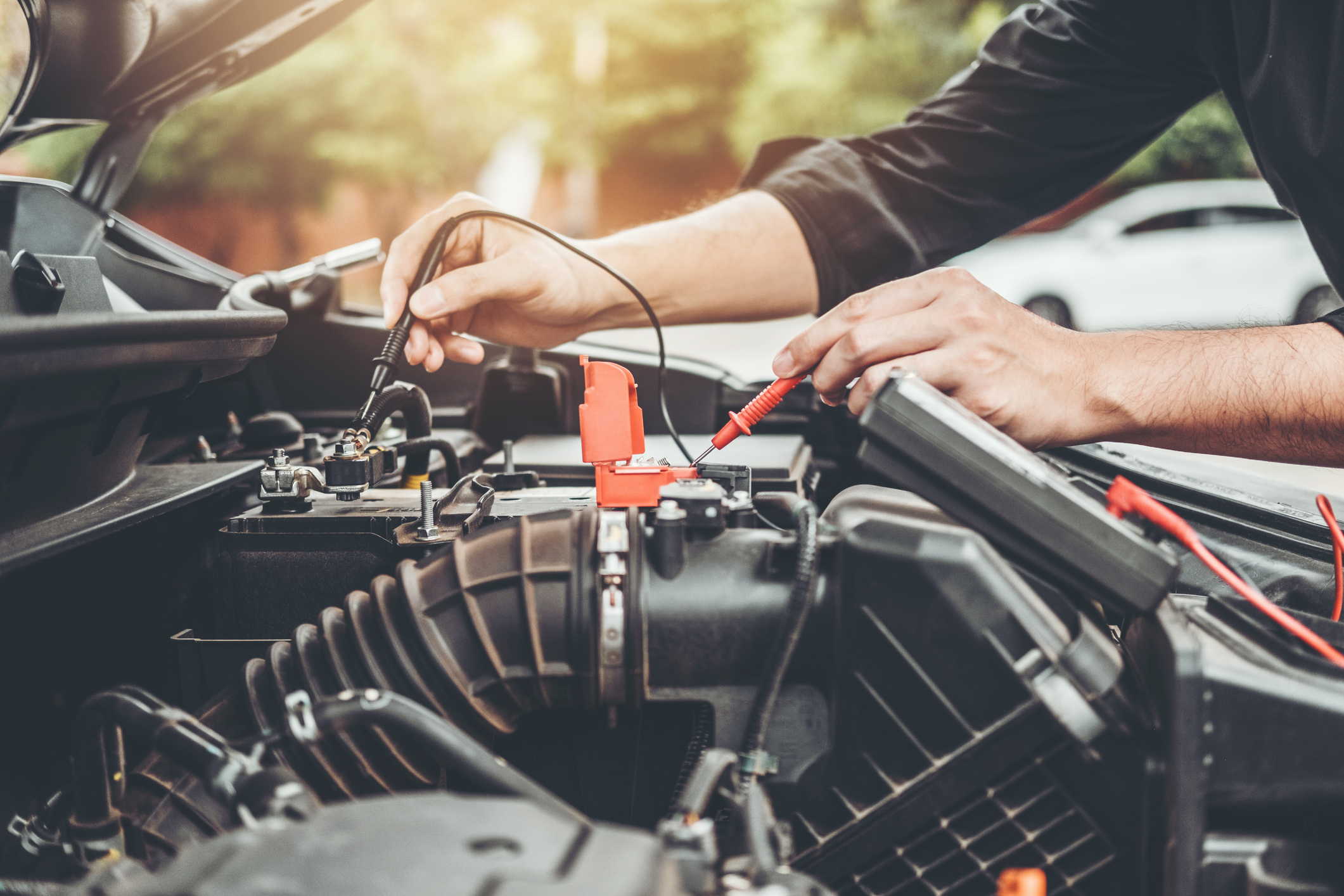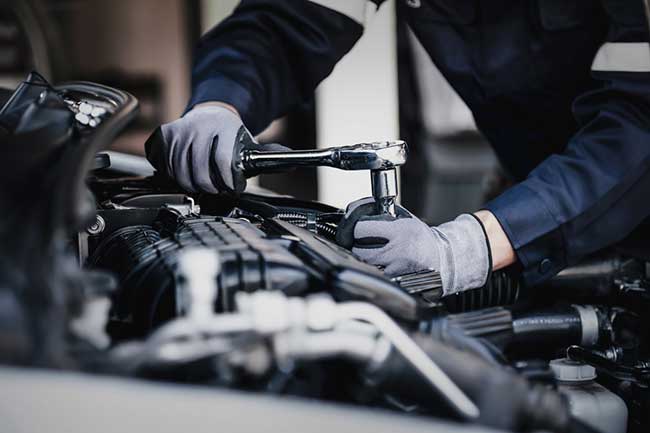All Categories
Featured

The automobile repair work industry has experienced significant technical improvements that have revolutionized the way vehicles are diagnosed, fixed, and maintained. From expert system (AI) to 3D printing, these technologies have not only boosted the rate and precision of fixings but have also made cars much safer and much more effective to run. In this write-up, we'll explore a few of the most important automobile modern technology improvements in repair work that are changing the sector.
- Onboard Diagnostics (OBD) and Advanced Scanners. One of the most substantial technical developments in vehicle fixing is the advancement of onboard diagnostics (OBD) systems. This allows for faster, a lot more exact medical diagnoses and minimizes the need for pricey experimental fixings.
- Robotic Fixing Help and Automation. These robotic systems can take care of basic repair work, enabling specialists to focus on more intricate concerns. In the future, as robot technology proceeds to develop, it might take on also extra complex repair work tasks.

- 3D Printing for Custom Components and Parts. In the past, sourcing hard-to-find or ceased auto parts was a significant headache for both auto mechanics and automobile proprietors. Today, 3D printing is changing the video game by making it possible for the production of custom components as needed. This modern technology allows service center to develop components for older or unusual versions, bypassing the lengthy delay times associated with ordering from distributors. Whether it's a busted trim item, an engine component, or a custom-made exhaust system, 3D printing gives a quick, cost-efficient service for creating parts that are no much longer available with conventional manufacturing methods. This development has helped in reducing repair work delays and decreased the cost of sourcing unusual parts.
- Enhanced Fact (AR) for Repair Work Procedures. Augmented truth (AR) is rapidly making its way right into the world of automotive repair service. Specialists can now use AR headsets or display screens to see lorry schematics, thorough directions, and also analysis information while doing fixings. For instance, an AR system could lay over representations showing the exact place of engine elements, making it much easier for service technicians to function effectively and properly. This innovation helps to lower errors, increase training for new professionals, and ensure that repair services are done appropriately the very first time. As AR continues to enhance, its duty in the repair service sector will just expand.
- Electric and Crossbreed Vehicle Repair Innovation. The rise of hybrid and electrical cars has actually brought new difficulties to the automotive repair market. These cars have complex powertrains, high-voltage battery systems, and specialized components that require advanced knowledge and devices to fix. To equal the growing variety of EVs and hybrids when driving, many repair service stores are buying training for their technicians and getting specialized tools to service these vehicles. In addition, producers are establishing new diagnostic devices designed especially for EVs, which assist service technicians assess battery wellness, monitor billing systems, and attend to any type of problems one-of-a-kind to electric propulsion.
- Anticipating Upkeep and IoT Assimilation. Anticipating upkeep is a game-changing advancement implemented by the Net of Points (IoT) Automobiles today are outfitted with a selection of sensors that constantly check the problem of vital systems like engines, brakes, and tires. These sensors send out real-time information to cloud-based platforms, where sophisticated algorithms evaluate the information to forecast when a part is likely to stop working. By leveraging this information, repair work shops can determine possible problems prior to they lead to a failure, permitting preventative upkeep and minimizing the requirement for costly emergency repair services. Predictive upkeep not only boosts lorry reliability yet additionally improves the general consumer experience.
- Telematics and Remote Diagnostics. Telematics is another innovative innovation that has actually reinvented vehicle repair. Telematics systems transmit real-time lorry information to suppliers or fixing stores, permitting technicians to keep track of the wellness of a lorry from another location. If an automobile is experiencing troubles, a specialist can detect the concern without the vehicle requiring to be generated for solution. This can be specifically valuable for fleet monitoring, as fleet operators can keep an eye on the condition of several lorries from another location and timetable repairs proactively. Telematics systems additionally allow for over-the-air software application updates, making it feasible to deal with particular lorry issues without needing a physical visit to the service center.
- Automobile Information Sharing for Faster Repair Works. With sophisticated telematics and cloud computer, repair shops can access vast quantities of data on car efficiency, fixing history, and even software program updates. By leveraging this information, repair stores can use more customized and efficient solution, enhancing the overall repair experience for customers.

Verdict. The advancements in automotive repair technology are changing the means technicians diagnose and repair automobiles. For vehicle owners, embracing these advancements implies obtaining more trustworthy, cost-efficient, and timely repairs-- helping them keep their vehicles on the roadway for longer.
Latest Posts
Your Neighborhood Flooring Specialists in Orland Park, IL
Published Apr 20, 25
1 min read
Affordable Car Services: Expert Repairs for Less
Published Apr 20, 25
2 min read
NAPA AutoCare: Quality Repairs Trusted by the NAPA Certified Technicians
Published Apr 20, 25
2 min read